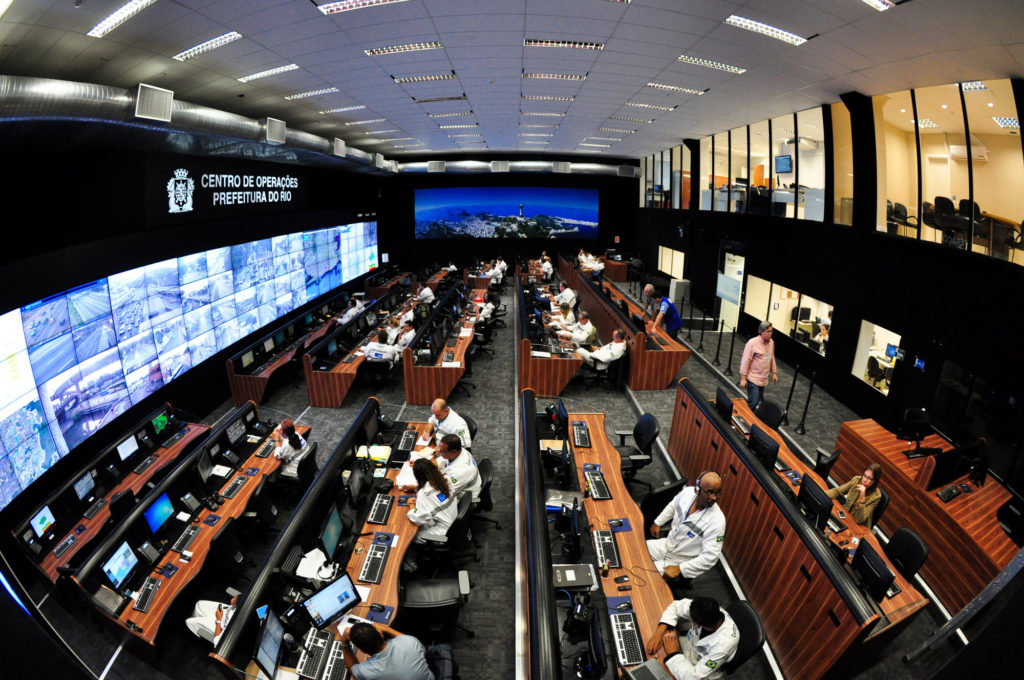The Faculty of Industrial Design Engineering is holding a symposium, Design in the Age of Artificial Intelligence, on March 12, 2018. The preamble:
The rapid rise of Artificial Intelligence (AI) poses fundamental challenges for the creative industry. Although AI technologies are being adopted at an ever faster pace, Design as an academic discipline has so far failed to provide a convincing answer to the opportunities and challenges of AI.
This one-day symposium brings together design researchers and educators from the TU Delft Faculty of Industrial Design Engineering with the aim of sharing experiences and shaping future activities at the intersection of Design and AI.

IBM worked with Rio to design a command center that integrates over 30 city departments to improve emergency response management and collaboration across the city. Weather forecasting and predictive analytics capabilities use information to decide how to best react to current events and how to best plan for what is likely to happen in the future in order to minimize impact on citizens.
My own contribution focuses on the social consequences of AI in the context of smart city design. Here’s the abstract:
From opacity to legibility: AI in the smart city
In this short talk I discuss design responses to the potential implications of AI – an integral element of the smart city suite of technologies – for public involvement in urban design. My concern, as implied in the title, is that AI constitutes a ‘black box’ whose opacity may prevent the public from taking a more informed and active role in city-making.
I will first situate AI in relation to two important orientations, directions or ‘pulls’ in smart city design: the first is the imperative to design flexible, multi-stakeholder, open-ended platforms (“infrastructuring” in Ezio Manzini’s terms), and the second is the growing shift in ownership of urban infrastructure from public to private actors (what Keller Easterling calls “extrastatecraft”). I will suggest that it is becoming difficult for the public to identify the presence of AI and intervene in its development given the way much of the former takes place ‘under the hood’, so to speak, and much of the latter takes place in exclusive commercial settings. I will then illustrate two design responses to these developments. The first, Smart City Panorama by Studio Richard Vijgen, is an art-design installation that was part of the Data Embassy exhibition during Dutch Design Week, 2017. The second is the AI Mayor, a speculative design created by students during last year’s edition of the DfI masters class, Interactive Technology Design (ITD).
